Vitrified tiles are comparable to ceramic tiles, which is an exception in the case that the clay is better mixed with silica, quartz, and feldspar before being fired in a kiln. When these materials or extra components are baked at high temperatures, they generate a vitreous surface that is durable and glossy. The name of the outdoor wall tiles derives from the manufacturing method known as vitrification. Vitrified tiles are extremely durable and need little maintenance, making them ideal for high-traffic areas. Consequently, they are frequently utilized in corporate contexts. They are a less expensive alternative to natural stones such as marble and granite, with beauty and durability that are comparable. Therefore, they are a great alternative to homes.
Vitrified tiles are resilient, almost impermeable, and resistant to stains and scratches, making them excellent for both indoor and outdoor usage. The dye that is injected into the clay before to fire provides the tile a uniform hue throughout, so even if the tile is damaged, the color will stay uniform. They may be employed within 48 hours of installation since they require minimal setting time and polishing. Because vitrified tiles are available in large sizes, the number of joints may be minimized. The installation of vitrified tiles is time-consuming since the tiles must be laid uniformly and with seams that are hardly noticeable. In addition, they require a stronger adhesive than ceramic tiles, which increases installation costs. Due to their excellent characteristics, these tiles are more expensive than ceramic tiles. When wet, vitrified tiles that are glossy as opposed to matte can be quite hazardous. The production of vitrified tiles is not ecologically friendly, as it requires a great deal of energy and produces a great deal of carbon dioxide. Ceramic tiles are a fantastic alternative to vitrified tiles for flooring since they have more personality and color and counteract the vitrified tiles’ more industrial, man-made appearance. Vitrified tiles are manufactured and come in a variety of shapes, colors, patterns, and textures. The appearance of granite tiles can be made to resemble wood, bamboo, or even marble. Vitrified tiles are available with glossy, matte, and non-slip surfaces and may be used both indoors and outdoors. It is simple to clean and maintain vitrified flooring tiles. Due to their impermeable nature, these tiles absorb very little liquid and are therefore resistant to stains. Regular washing and wiping are necessary to maintain the luster of your tiles. Because tiles are readily available in conventional sizes, they may be easily replaced with equivalent alternatives.
vitrified tiles
vitrified tiles are nonporous ceramic tile that comes in a variety of shapes and hues. Pressing a mixture of clay, silica, and quartz/feldspar to the point of hardness produces vitrification. Consequently, vitrified tiles with reduced porosity may be manufactured. The advantages and disadvantages of utilizing vitrified tiles are as follows: Due to the manufacturing process that utilizes vitrified clay, vitrified tiles are exceptionally durable and uniform. Feldspar and quartz are combined with clay to generate vitrified tiles, which results in the development of a molten glass solution. Vitrified tiles give protection against scratches and stains. These tiles may be employed with ease both indoors and outdoors. They may be employed as bathroom and kitchen wall and floor tiles. They are perfect for high-traffic indoor or outdoor areas. Design-wise, pattern, and texture are linked. Vitrified porcelain tiles are simple to install and maintain. Because vitrified tiles are more durable than ceramic or porcelain , they may be utilized in both residential and commercial structures with considerable foot traffic.
Ceramic and porcelain tiles are cost-effective options. Careless handling of the tiles will result in chipped or broken edges. The components of vitrified tiles include quartz, silica, feldspar, and clay. During the vitrification procedure, these constituents are combined. Tiles are manufactured with a hydraulic press. Depending on how they were manufactured, vitrified tiles can be categorized into a number of subcategories. Technology for Dual-Charge Vitrified Floor Tiles . This approach applies a two-color pattern on the tile by inputting two distinct colors into the machine. This layer of color and design has a thickness between 3 and 4 millimeters. These tiles are intended for usage in high-traffic areas. -With a Complete Coverage of Ceramic Tiles Full-body vitrified tiles are colored all the way through, not just on the surface. The scratches are no longer visible on the tiles since they are homogeneous and uniformly painted. Vitrified tiles are suitable for heavily traveled regions. -Dissolved salt crystals Before being burnt, soluble Vitrified tiles undergo liquid color screen printing. To provide color and pattern to vitrified tiles, soluble salts are injected. -Body-glazed ceramic tiles glazed body vitrified tiles are ceramic tiles with a liquid glass covering on the surface. The glazed body of the tile provides additional luster and stain resistance. With so many tile options available, it may be tough for buyers to make the right pick and avoid regret. Business and residential clients continue to favor double charge vitrified floor tile above alternative solutions, to the surprise of many. For the top layer, tiles with a body thickness of between 3 and 4 millimeters are pushed together (mm). Due to its great wear resistance and long lifespan, it is usual to see double-charged tiles in a variety of public environments.
ceramic tiles better
here are some reasons why Ceramic tiles are better flooring in homes and offices throughout the globe. Ceramic tile is advantageous to you and your home since it is present in nearly every room. Ceramic tiles are functional, visually attractive, and useful. You will be astounded by the range of sizes, shapes, and textures available for constructing a floor or wall in your dream world. Clay, sand, and glass are the primary components used to create ceramic floor tiles. Combining these components with other recyclable materials produces ceramic tile. Numerous ceramic tiles are manufactured from recyclable components. In addition to conserving energy, ceramic tile keeps your home cool in the summer. During the winter, ceramic wall tiles might assist to insulate your home. Taking care of ceramic tiles is a breeze, from basic cleaning to optional sealing. Other than cleaning, no other maintenance is required. There is no simpler or clearer explanation than that. After spills, ceramic flooring is simple to clean and sanitize, making it a popular choice for kitchen floors. If the grout becomes soiled, you may use a grout cleaner to help remove the dirt. Ceramic tiles are affordable. As with other tiles, the costlier the project, the more luxurious the tile; the more intricate the pattern, the higher the price. There are hundreds of distinct varieties of ceramic tiles throughout the globe. There are several forms, colors, styles, and patterns. Ceramic wood tiled homes get a greater price, and homes with ceramic floors have a higher total market value. Unlike carpets, ceramic floor tiles do not accumulate dust and dust mites. Ceramic tiled homes have less dust in the air, making the air significantly healthier by lowering the number of allergens in the home. This is an excellent advantage for persons with dust allergies. If you’re considering a bathroom renovation and don’t know where to start when it comes to decorating the walls and floors, consider ceramic. This extremely popular material is used in bathrooms all over the world due to a winning combination of functional and aesthetic benefits; today, we’ll examine just a few of the numerous reasons why ceramic tiles belong in the bathroom. Ceramic tile offers a wide variety of design options, from size and shape to color and texture. Our assortment includes styles like wood-look, glossy white, metro brick, and encaustic-effect, making it easy for any homeowner to choose bathroom tiles that complement their existing color scheme and design idea. We provide tiles ranging in size from 10cm x 10cm to 60cm x 120cm, so whether you’re looking for little mosaic tiles to add a splash of color to your bathroom or something larger to create the illusion of more space, we’ve got you covered. 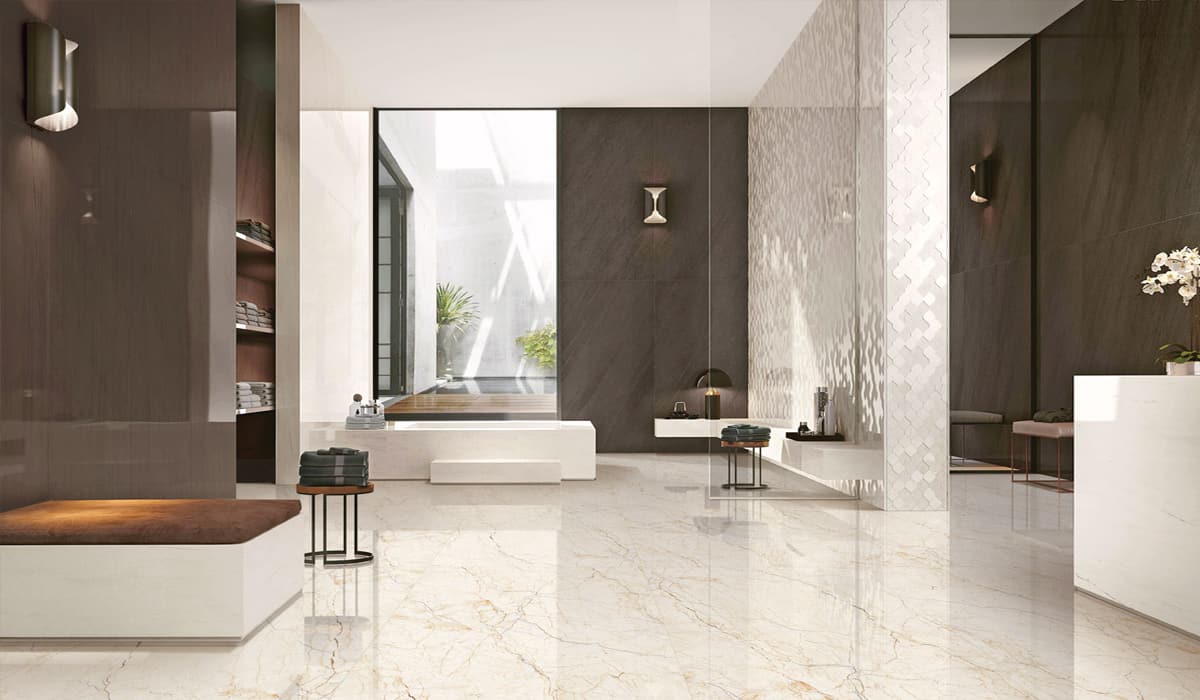
vitrified tiles or ceramic tiles
In addition to their look, ceramic tiles and vitrified tiles have a few differences or distinguishing characteristics. Ceramic and vitrified tile differ greatly in composition, maintenance requirements, uses, and pricing, to mention a few distinctions. The composition of ceramic and vitrified tiles makes it easy to distinguish between the two. Clay and water are boiled at high temperatures to create ceramic tiles. The glaze used to create these tiles offers a durable sheen. The patterns and hues of wall and floor ceramic tiles offer a natural appearance and feel. They include a range of minerals and solvents as well. To obtain its characteristically smooth texture when baked at high temperatures, a glossy substrate must be developed. Glazed ceramic tiles may be used to design kitchen backsplashes, countertops, walls, and floors. They are popular due in part to their longevity and wide range of colors, which may brighten a dull kitchen or bathroom. Tiles placed on top of solid-color and marble tiles with patterned inlays give a beautiful ornamental foundation for the interior design of your house. Due to its inexpensive cost, flexibility to be installed closely, and overall longevity, vitrified tiles are often used for flooring. People who appreciate the appearance of marble or granite but cannot afford it may use them as a cheap substitute. Ceramic and vitrified tiles are similarly expensive when compared to one another. This sort of flooring is still less expensive than materials such as granite and marble, without sacrificing performance. Typically, ceramic tiles are less expensive than the alternative choice. Installation and replacement of ceramic tiles are both simple operations. However, grout and debris can accumulate in the seams because of their often wide spacing. After installation, vitrified tiles can be utilized practically immediately. These tiles are tough to remove due to their tighter seams than ceramic tiles.  Since they are simple to clean and maintain, ceramic tiles are suitable for high-traffic areas such as kitchens and bathrooms. Using soap and warm water, much of the accumulated filth and grime may be removed. They are protected from stains and scratches by the glaze. Due to their affordability and durability, vitrified tiles are the best option for both commercial and residential construction. They are nearly impenetrable to stains and waterlogging, so there is no need to worry. They also retain their color nicely over time, which is fantastic. If you are doubtful about using vitrified tiles or ceramic ones contact our sales managers to receive the best advice.
Since they are simple to clean and maintain, ceramic tiles are suitable for high-traffic areas such as kitchens and bathrooms. Using soap and warm water, much of the accumulated filth and grime may be removed. They are protected from stains and scratches by the glaze. Due to their affordability and durability, vitrified tiles are the best option for both commercial and residential construction. They are nearly impenetrable to stains and waterlogging, so there is no need to worry. They also retain their color nicely over time, which is fantastic. If you are doubtful about using vitrified tiles or ceramic ones contact our sales managers to receive the best advice.

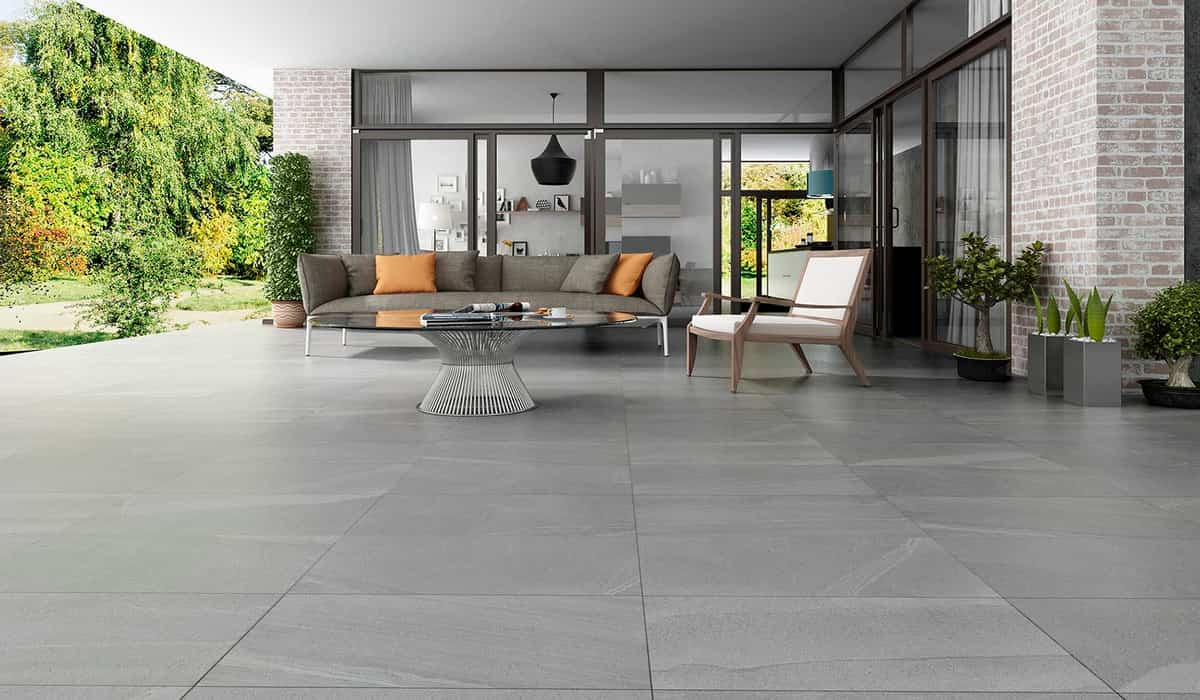
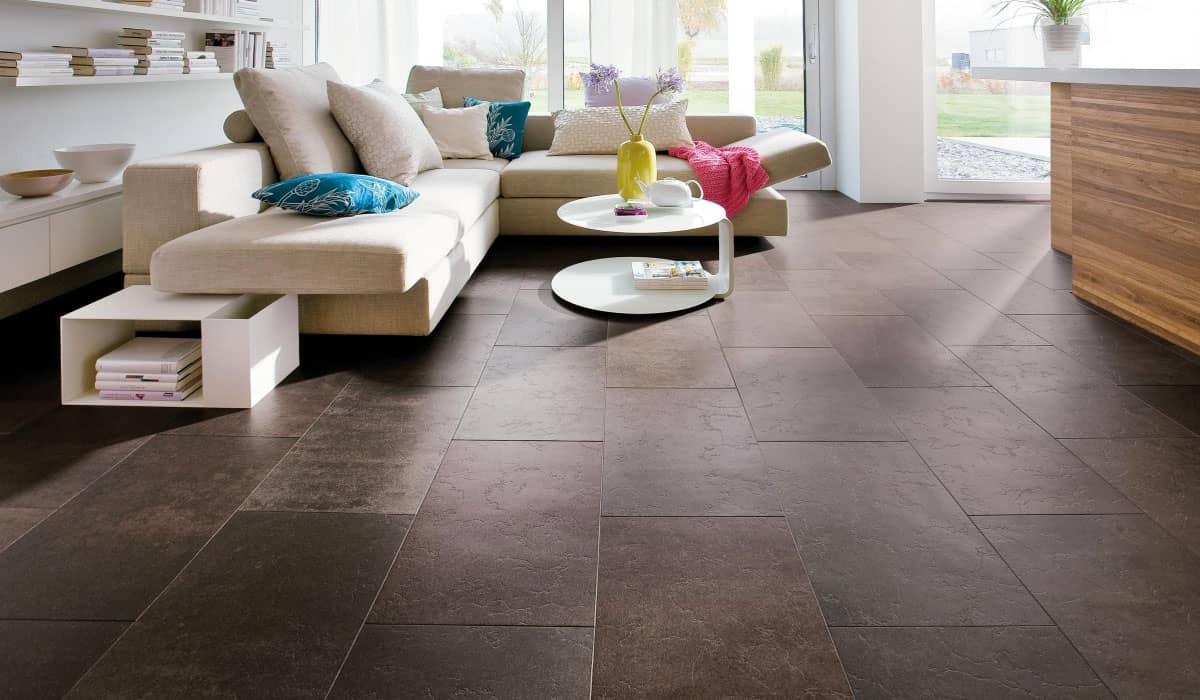
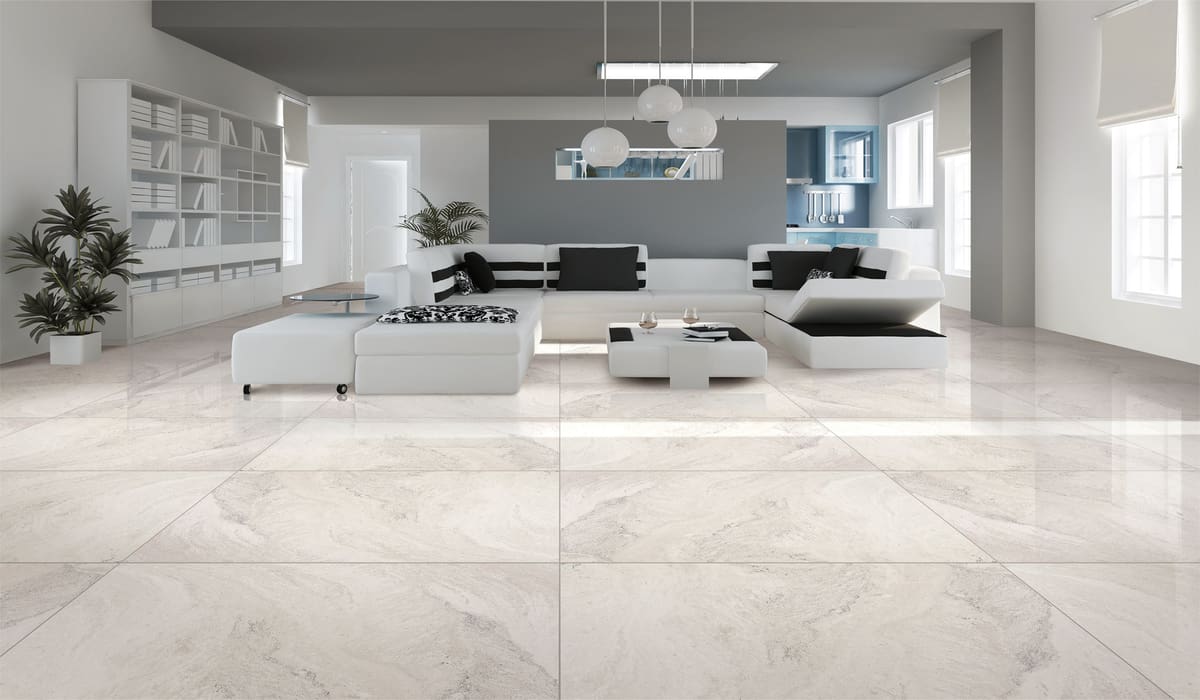
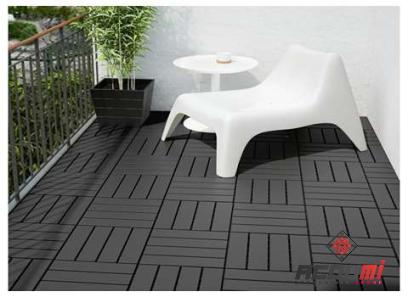
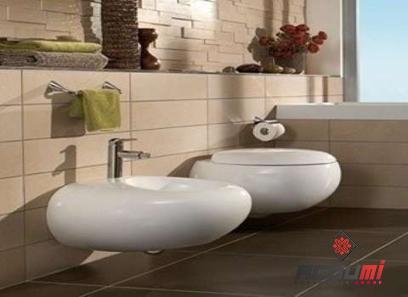
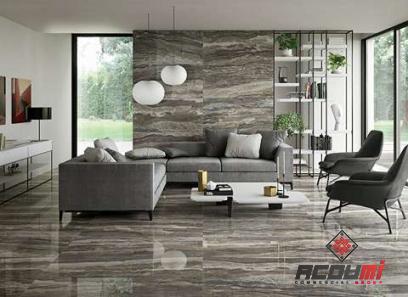

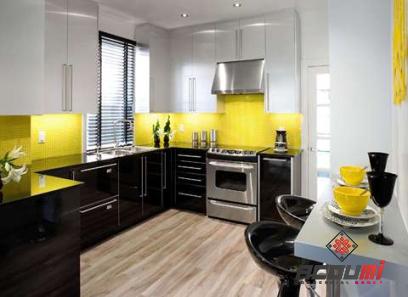

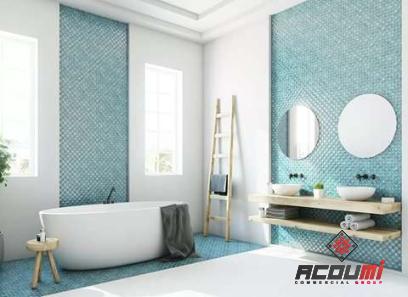
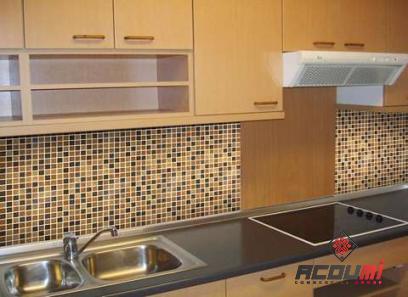
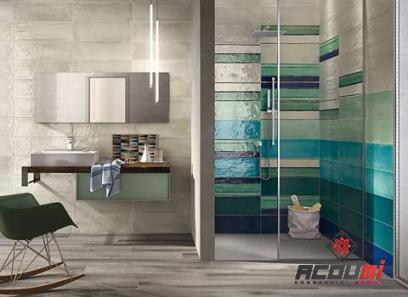
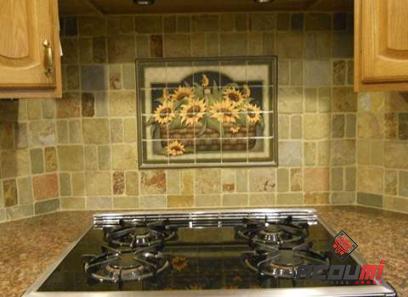
Your comment submitted.